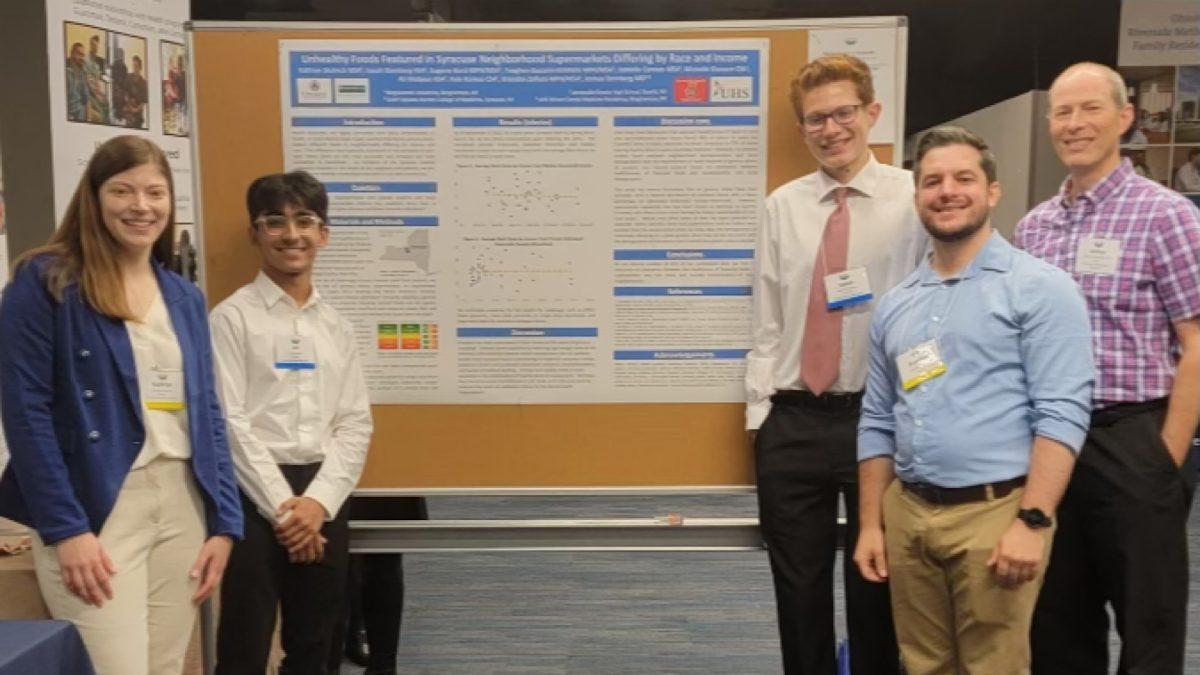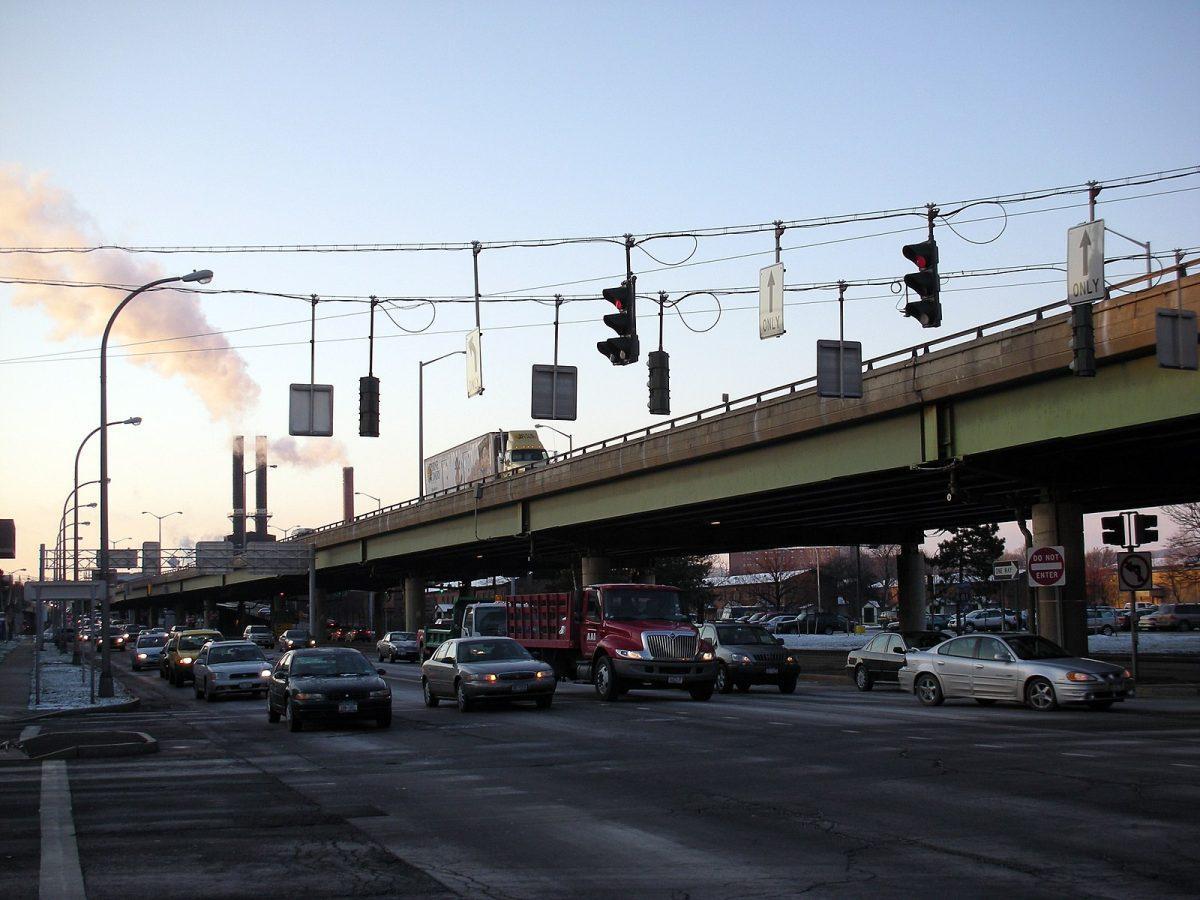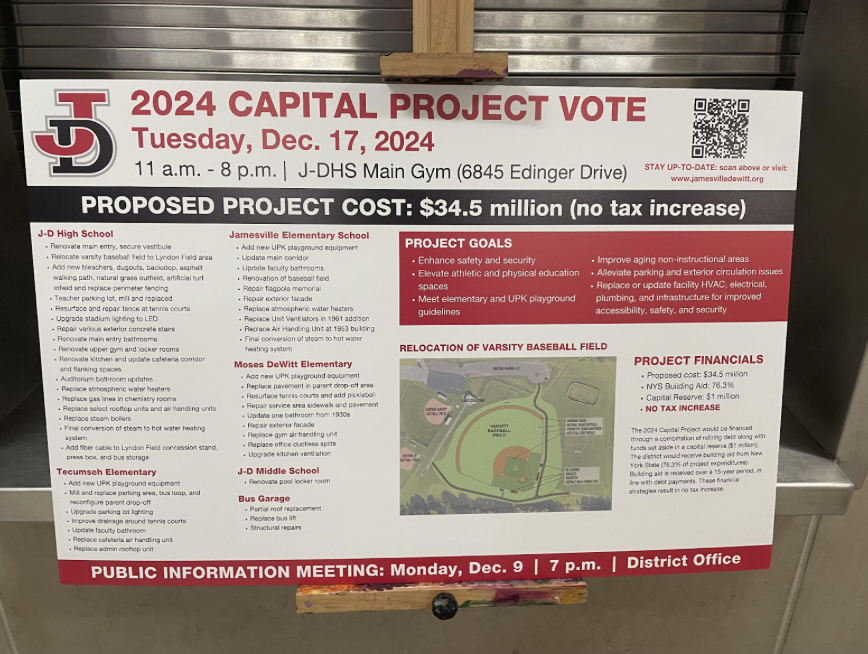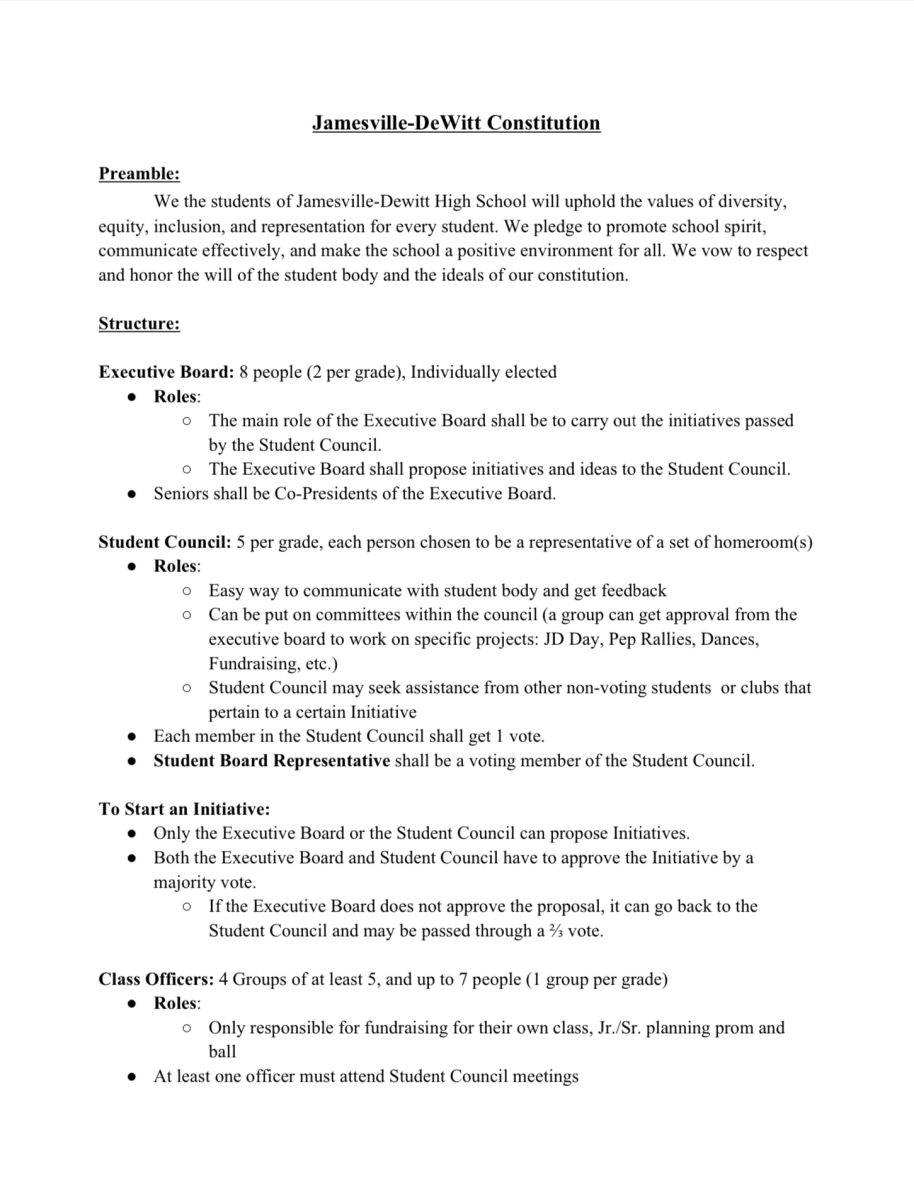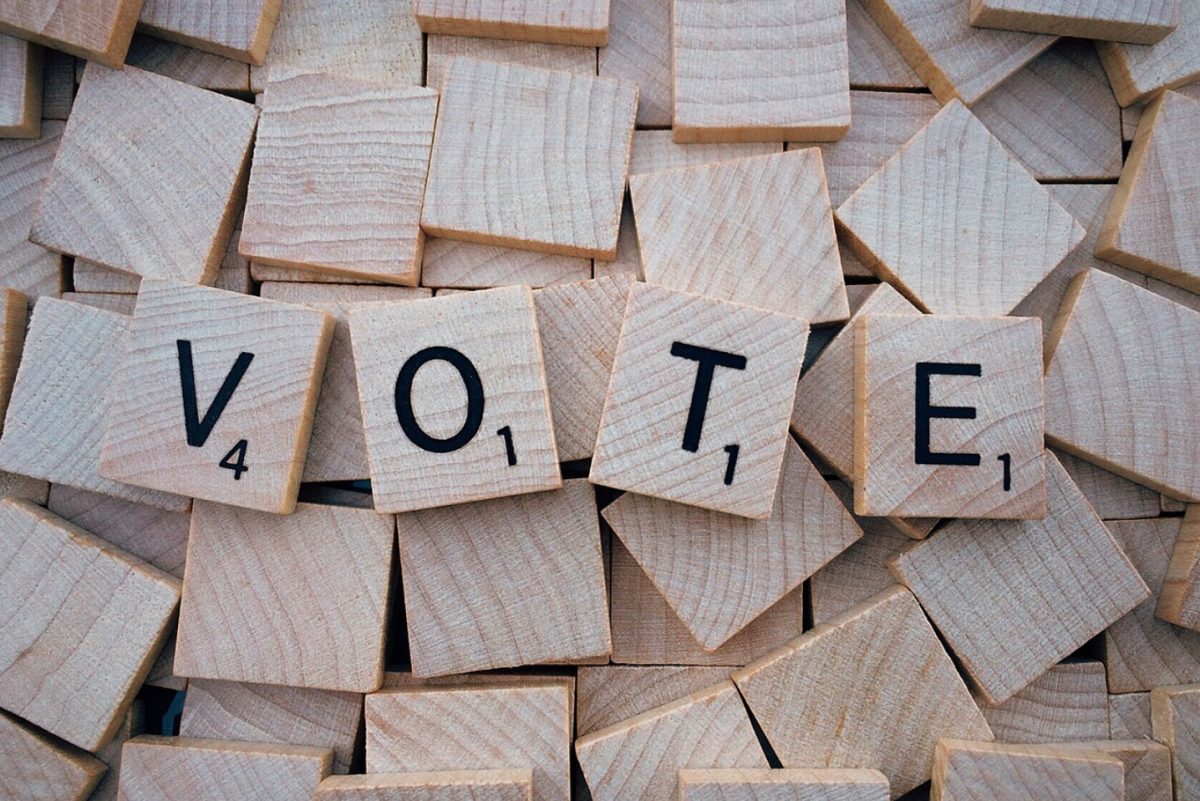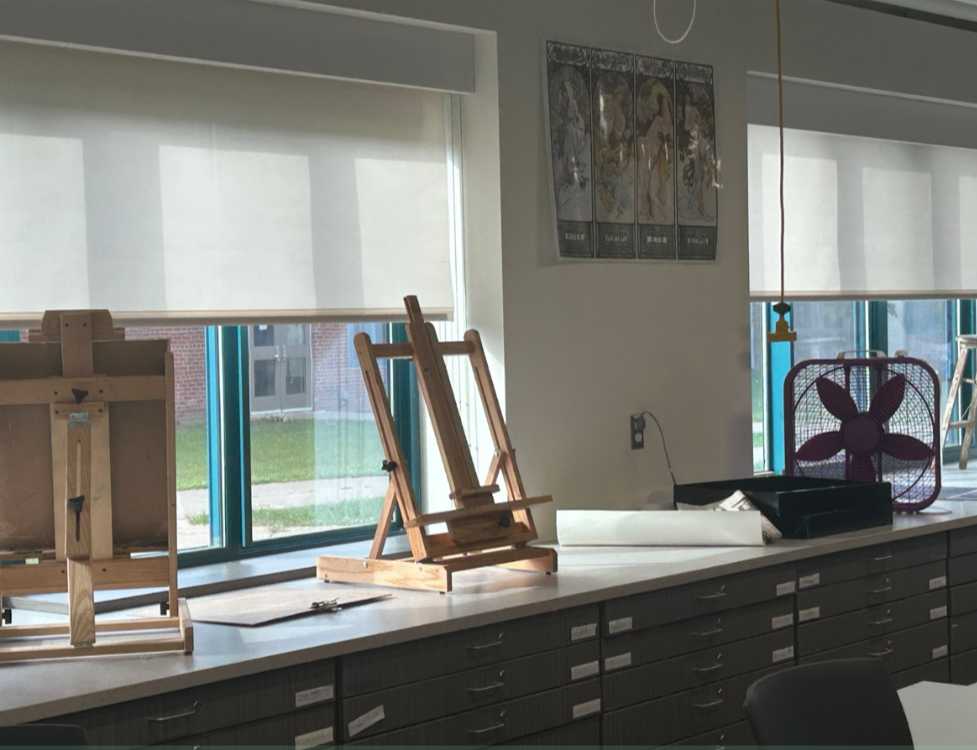In 2017, an estimated 32.4 percent of Syracuse’s population lived below the poverty level. The federal government states that a family of four living on an annual salary of $24,944 or less is below the poverty line. Compared to the rest of the United States, the median annual salary in Syracuse was $35,568 in 2017. According to syracuse.com, that is far below the national average salary of $60,336. In 2015, a study by a Rutgers University professor found Syracuse has the nation’s highest levels of extreme poverty concentrated among the city’s black and Hispanic residents. However, the inner city isn’t the only place in the Syracuse area suffering from poverty. The Jamesville-DeWitt School District also has a considerable portion of its residents living in poverty.
The median housing value in DeWitt was $91,100 between the years 2013-2017, as well as having a median household income of $65,665, approximately $5329 above the national average. However, as of the 2017-2018 school year, a staggering 24 percent or approximately one in four J-DHS students were living in poverty based on the district’s free/reduced lunch program. This means that out of J-DHS’s 964 students, 231 are living on or below the poverty line.
In 2015, a study by a Rutgers University professor found Syracuse has the nation’s highest levels of extreme poverty concentrated among the city’s black and Hispanic residents.
According to syracuse.com, Syracuse had the highest poverty among cities over 65,000 population in New York. Compared to other cities in New York, Syracuse remains the most impoverished. Rochester is close behind with 32.3 percent of its residents living on or below the poverty line. Buffalo also has a considerable amount of its residents in the poverty zone with an estimated 30.5 percent as of 2016. Albany, the state capital, had a poverty rate of 32.5 percent in 2016, which fell to 29.3 percent in 2017. This brought the city down from No.10 on the most impoverished cities in the country to No. 25.
Compared to the school districts that border the district, J-D is the second least economically disadvantaged, after the Fayetteville-Manlius school district. In the F-M district, only 14 percent of students are economically disadvantaged. The Syracuse City School District also borders J-D, and the vast majority of their student population, roughly 88 percent, are well below the poverty line. The other two school districts that border J-D, East Syracuse-Minoa, and Fabius-Pompey, also have higher poverty levels than the J-D district: ESM with 45 percent and Fabius-Pompey with 35 percent.
In the Fabius-Pompey school district, 96 percent of the student population is white compared to 22 percent in the city schools. Fabius-Pompey High School has three black students, roughly zero percent of the school population. Black students make up 50 percent, exactly half of the city school district’s total students. While their respective poverty levels are 45 percent and 88 percent, it is clear that the races and demographics affected by poverty change district to district.
Homelessness is also an issue in many of the surrounding schools districts, including at J-DHS. At J-DHS, five students are homeless. However, the city district deals with this on a much larger scale. Six percent, or 1246 students, in city schools are homeless or without a permanent home.
Using this data, it is clear to say that Syracuse has been left behind despite the fact that the nation’s poverty has continued to decline for the past three years. As of 2017, 14.1 percent of New York State’s residents were living at or below the poverty line, down 0.6 percent from 2016. According to the Census Bureau, 12.3 percent of Americans lived in poverty in 2017, another decrease of 2.5 percent from the year 2015.
While there is no clear answer to why Syracuse and its surrounding suburbs continue to remain in poverty, one thing is for sure: the rest of the country’s poverty levels are decreasing. So what are we doing wrong?
































